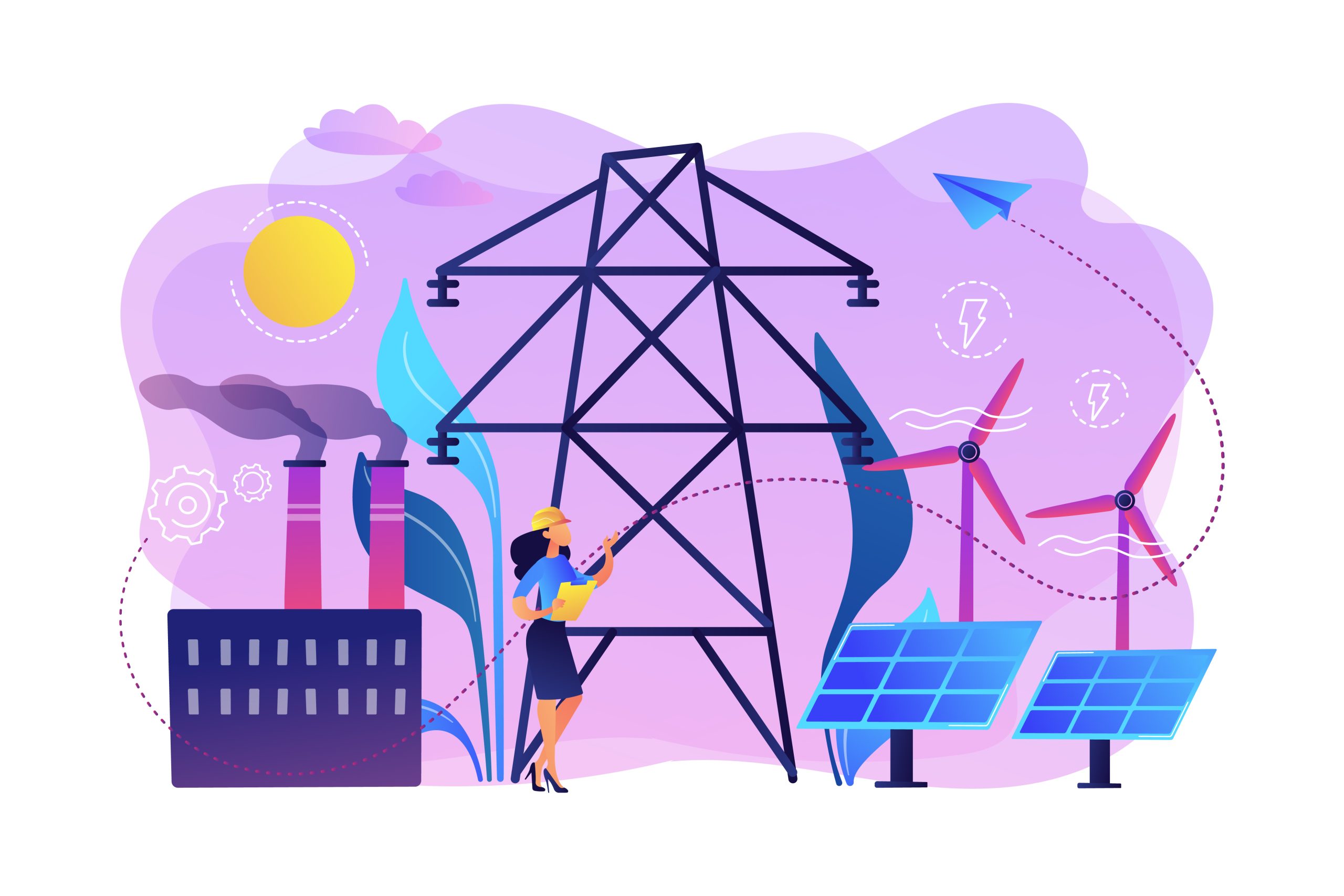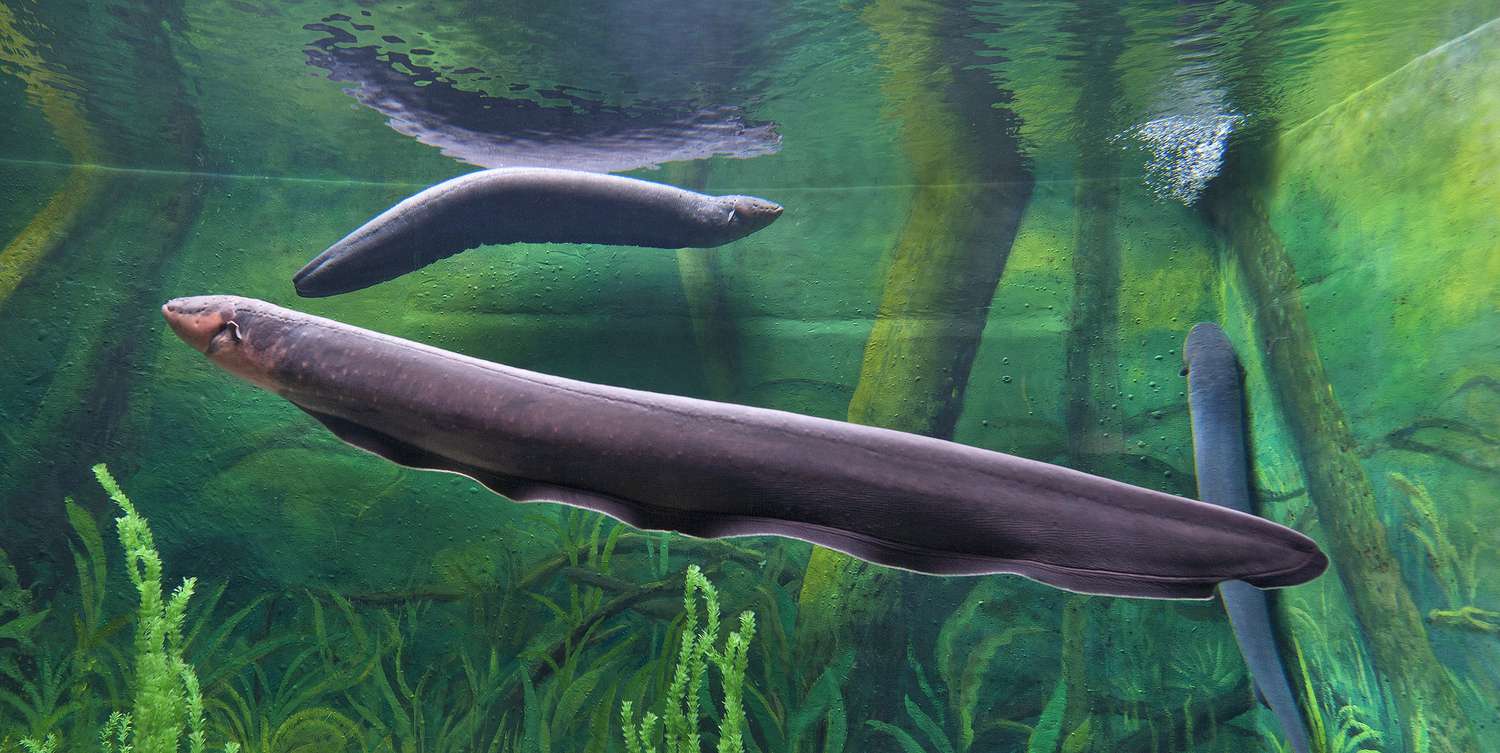Energy is the lifeblood of the animal kingdom, fueling every movement, thought, and heartbeat. But how do animals acquire the energy they need to sustain their diverse lifestyles? From the stealthy predators of the savannah to the industrious insects in our gardens, let’s embark on a journey into the fascinating world of animal energy acquisition and uncover the remarkable strategies employed by creatures big and small to power their existence.
Navigating the Food Chain
At the heart of energy acquisition lies the age-old ritual of feeding. Animals obtain energy by consuming organic matter, whether it’s plants, other animals, or a combination of both. Herbivores, such as deer and rabbits, derive their energy from plant material, while carnivores like lions and wolves feast on the flesh of other animals. Omnivores, like humans and bears, have a more eclectic diet, consuming both plant and animal matter to meet their energy needs. The intricate web of feeding relationships forms the foundation of the food chain, with each link playing a vital role in the transfer of energy through ecosystems.
Breaking Down Nutrients
Once consumed, food undergoes a complex process of digestion to extract the energy and nutrients it contains. In the digestive tract, enzymes break down carbohydrates, proteins, and fats into smaller molecules that can be absorbed by the body. These nutrients are then transported to cells throughout the body, where they are metabolized to release energy through cellular respiration. The efficiency of digestion varies among species, with some animals possessing specialized digestive systems adapted to their dietary habits, such as ruminants with multiple stomach compartments for fermenting plant material.
Banking for a Rainy Day
In times of plenty, animals often store excess energy in specialized tissues or organs for later use. One of the most common forms of energy storage is adipose tissue, or fat, which can be found in varying amounts across different species. Animals like bears and hibernating rodents rely on stored fat to sustain them through periods of reduced food availability, while migratory birds fuel their long-distance journeys with energy reserves accumulated during periods of feeding abundance. Efficient energy storage mechanisms allow animals to adapt to fluctuating environmental conditions and survive in diverse habitats.
Unleashing the Power of ATP
Within the cells of animals lies the metabolic machinery responsible for converting nutrients into usable energy. The primary currency of cellular energy is adenosine triphosphate (ATP), a molecule that stores and transports energy within cells. Through a series of biochemical reactions, nutrients are broken down and converted into ATP, which powers cellular processes such as muscle contraction, nerve impulse transmission, and protein synthesis. The intricate dance of metabolic pathways ensures a steady supply of ATP to meet the energy demands of the organism.
Maximizing Bang for the Buck
In the quest for energy, animals have evolved a multitude of adaptations to maximize their efficiency in acquiring and utilizing resources. From the streamlined bodies of cheetahs, built for high-speed pursuits, to the camouflaged patterns of ambush predators like chameleons, designed to minimize energy expenditure during hunting, every aspect of an animal’s anatomy and behavior is finely tuned to optimize energy efficiency. Through natural selection, individuals with traits that confer energy-saving advantages are more likely to survive and reproduce, passing on their genes to future generations.
The Endless Dance of Energy
As we peel back the layers of the animal kingdom’s energy acquisition strategies, we gain a deeper appreciation for the intricacies of life on Earth. From the microscopic world of cellular metabolism to the grandeur of predator-prey interactions in the wild, the quest for energy permeates every aspect of animal existence. Through adaptation, innovation, and sheer determination, animals navigate the perpetual dance of energy acquisition, ensuring their survival and perpetuating the rich tapestry of life that adorns our planet.



